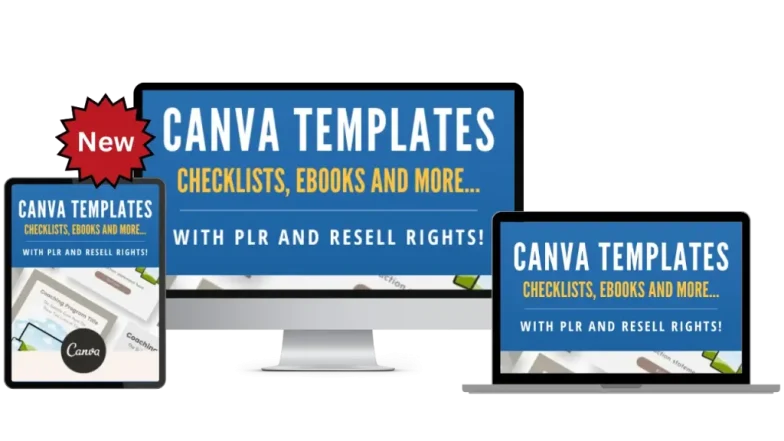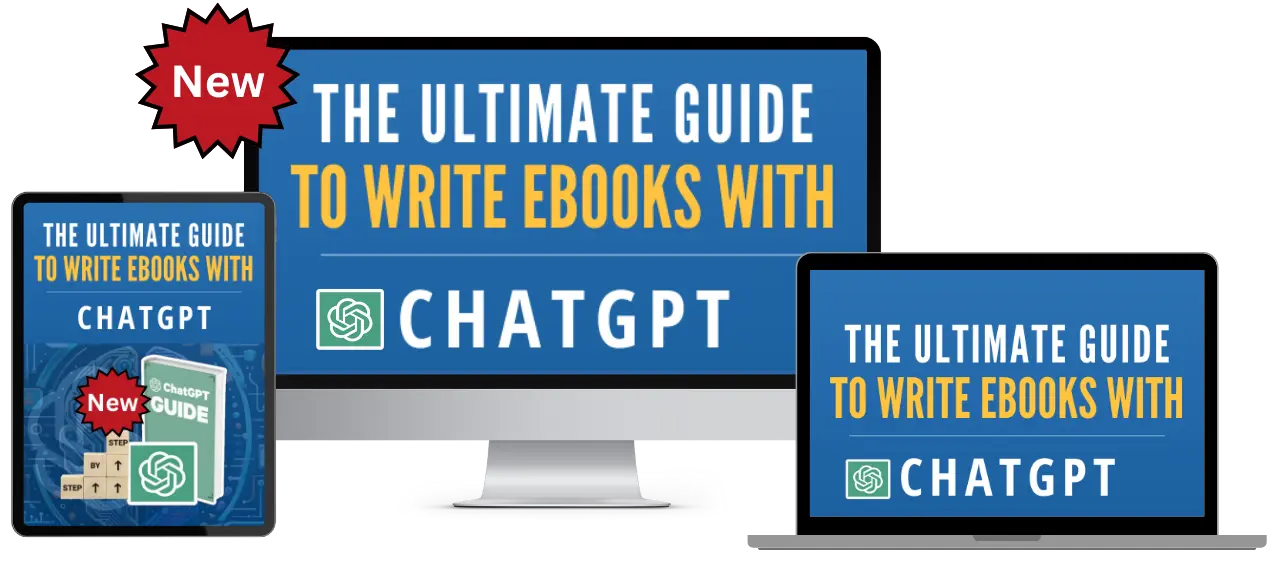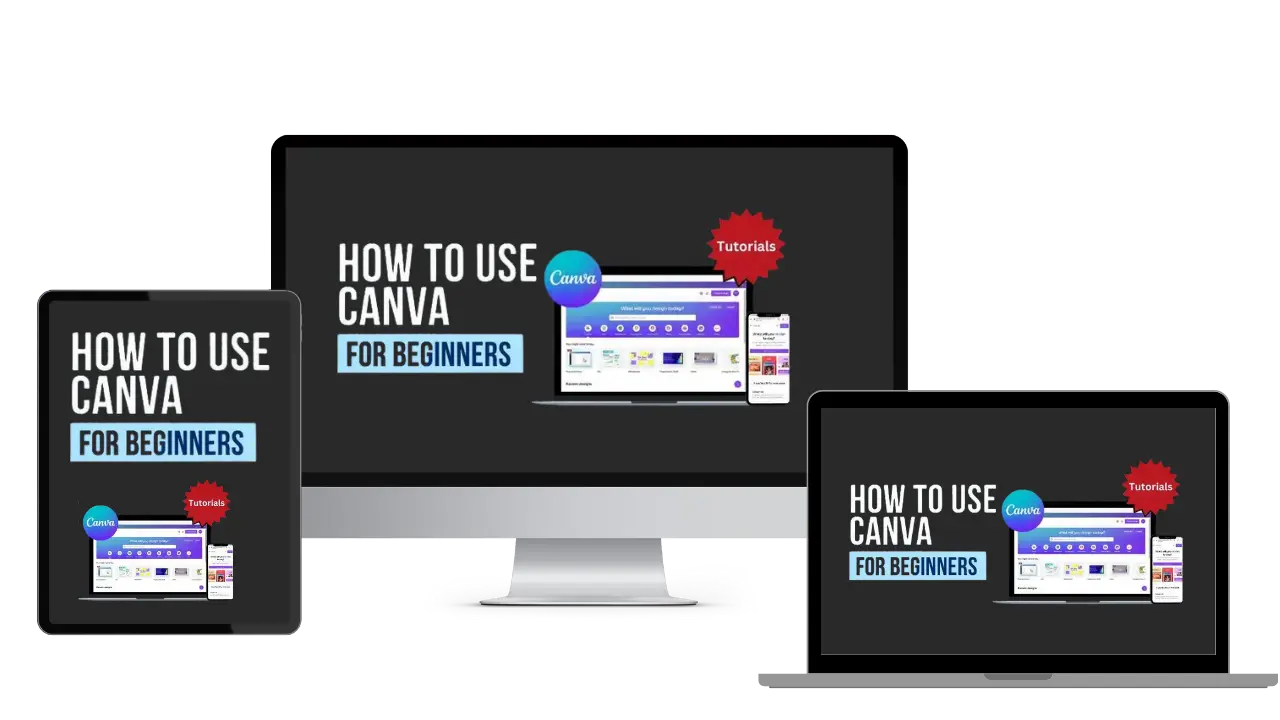
How To Import A Word Document Into Canva Docs Tutorial For Beginners
Canva Tutorial
Watch The How To Import A Word Document Into Canva Docs Tutorial For Beginners Video Below

How To Import A Word Document Into Canva Docs

Learn About How To Import A Word Document Into Canva Docs

Easy To Follow Canva video Tutorial For Beginners
Here Are Some Of Our Services
How To Import A Word Document Into Canva Docs Tutorial For Beginners
PLR Canva Templates!
Start Creating Stunning Designs with Customizable Templates!
Get Instant Access to These Ready-to-Use PLR Canva Templates Today!
Content Creation Services
Unlock Canva Cash: The Ultimate Guide to Making Money with Canva Templates!
Please Watch The
Video Below
Plus Get 4 Free Canva Mockup Templates & Start Earning Now!
Frequently Asked Questions
Welcome to our detailed FAQ guide on ‘How to Import a Word Document into Canva Docs’.
This series is meticulously crafted to assist beginners in seamlessly integrating their Word documents into the Canva environment. Whether you’re transitioning from traditional word processing software or looking to enhance your Word documents with Canva’s robust design features, our guide covers everything from basic import steps to advanced formatting solutions.
Each FAQ is designed to be beginner-friendly, filled with practical examples and step-by-step instructions. Dive into these FAQs to explore the nuances of importing Word documents into Canva Docs, and discover how to overcome common challenges, preserve crucial formatting, and bring a new level of creativity to your documents.
Importing Word Documents: Canva Docs allows users to import documents from Microsoft Word, enabling you to enhance them with Canva’s design tools. This feature is especially useful if you want to upgrade a text-heavy document with visual elements.
How to Import: To import a Word document, open Canva Docs, select ‘Import a document,’ and choose your Word file. The content will be imported, and you can start editing and adding design elements.
Real-Life Example: If you have a Word document for a project proposal, import it into Canva Docs. You can then add relevant images, charts, and customize the layout to make the proposal more visually appealing and engaging.
Formatting Preservation: When you import a Word document into Canva Docs, Canva attempts to preserve the original formatting, but some elements may change due to differences in the platforms. This includes fonts, spacing, and layout.
Adjusting Post-Import: After importing, you may need to adjust or reformat some sections to ensure they align with your desired design in Canva.
Real-Life Example: After importing your resume from Word, you might find that you need to adjust the font or realign some sections. Spend some time tweaking these elements to ensure your resume looks professional and as intended in Canva’s format.
Managing Imported Images: Images from the Word document should import into Canva Docs. However, their placement and size might need adjustment.
Repositioning and Resizing: You can click on imported images to reposition or resize them within Canva Docs. If an image doesn’t import correctly, you can manually upload it to Canva and add it to your document.
Real-Life Example: If your Word document includes images like charts or photographs, check their alignment and quality post-import. Adjust as necessary to fit Canva’s layout, ensuring they complement the surrounding content.
Supported File Types: Canva Docs primarily supports importing documents in the .docx format, which is the standard file type for newer versions of Microsoft Word.
Importing Different Formats: If your document is in an older Word format like .doc, consider saving it as a .docx file before importing to ensure compatibility.
Real-Life Example: If you have an older Word document (in .doc format) for a business plan, open it in Word and save it as a .docx file. Then, you can import this updated file into Canva Docs for further editing and design enhancements.
Pre-Import Optimization: To ensure a smooth transition, simplify your Word document’s formatting. Use standard fonts and remove any complex elements like advanced tables or macros that may not be compatible with Canva Docs.
Preparing for Design Elements: Consider what elements you’ll want to add in Canva Docs, like images or graphics, and make space for them in your document before importing.
Real-Life Example: For a newsletter in Word, reduce formatting complexity by using standard fonts and spacing. Once imported into Canva Docs, you can easily add design elements like a newsletter header, image blocks, and stylized text.
Feature Limitations: Some features in Word, like headers, footers, complex tables, or text boxes, may not translate perfectly to Canva Docs. These elements might need reworking or manual adjustment post-import.
Handling Non-Transferable Elements: After import, review your document in Canva Docs and manually adjust or recreate any elements that didn’t translate as expected.
Real-Life Example: If your Word document includes a header with your company logo and page numbers, you may need to manually add these in Canva Docs after import, as the exact formatting might not carry over.
Layout Preservation: While Canva Docs strives to maintain the layout of imported Word documents, some adjustments may be necessary due to differences in formatting capabilities between the two platforms.
Manual Adjustments: After importing, you might need to realign text, adjust spacing, or reposition elements to match your original layout as closely as possible.
Real-Life Example: If you import a business report with a specific layout in Word, check each section in Canva Docs to ensure elements like bullet points, text alignment, and images are positioned as intended. Make manual adjustments where necessary to recreate the desired layout.
Text Editing Capabilities: Once a Word document is imported into Canva Docs, you can fully edit the text. This includes changing fonts, sizes, colors, and other text properties.
Enhancing Text Elements: Take advantage of Canva’s diverse font library and text styling features to enhance the visual appeal of your text.
Real-Life Example: For an event agenda originally created in Word, after importing it into Canva Docs, experiment with different fonts and colors for headings and subheadings to give your agenda a more dynamic and engaging look.
Handling Large Documents: If your Word document is too large or complex to be imported directly into Canva Docs, consider breaking it down into smaller sections or simplifying the content.
Strategies for Large Documents: You can import the document in parts or reduce the number of images and complex elements before importing.
Real-Life Example: If you’re working on an extensive annual report in Word and it’s too large to import in one go, divide the report into separate sections like ‘Financial Overview’, ‘Market Analysis’, etc., and import them individually into Canva Docs.
Image Handling: When you import a Word document into Canva Docs, embedded images are typically imported along with the text. However, their placement and size may need adjustment to fit Canva’s layout.
Adjusting Images Post-Import: You may need to resize, reposition, or even replace images to ensure they align properly within the new format in Canva Docs.
Real-Life Example: If your Word document includes company logos or product images, after importing, check if these images are correctly positioned and sized. You might need to resize or reposition them for optimal presentation in Canva Docs.
Charts and Graphs Import: Simple charts and graphs from Word can often be imported into Canva Docs. However, complex graphs may not always retain their original formatting and interactivity.
Recreating or Adjusting Graphs: For complex or interactive charts, you might need to recreate them in Canva using its graph and chart tools for better integration and design.
Real-Life Example: If you have a basic bar chart in your Word document, it should import into Canva Docs with minimal issues. However, for more complex graphs, consider using Canva’s built-in chart tools to recreate them for better visual coherence and functionality.
Hyperlink Preservation: Hyperlinks in your Word document are generally preserved when imported into Canva Docs. They maintain their functionality, allowing readers to click through to linked content.
Checking and Updating Links: After import, it’s a good practice to check all hyperlinks to ensure they are working correctly. You can also add new hyperlinks directly in Canva Docs.
Real-Life Example: If your Word document includes a hyperlink to an external website, like a product page, verify that this link is functional after importing into Canva Docs. Test the link to ensure it directs to the correct webpage.
Font Compatibility: When importing a Word document into Canva Docs, there might be differences in font availability. Canva has its own font library, and some Word fonts may not have a direct match in Canva.
Choosing Similar Fonts: If the original Word font isn’t available, Canva offers alternatives or similar fonts. Select the one that best matches your original design.
Real-Life Example: If your Word document uses a specific font like ‘Calibri’, which might not be available in Canva, explore similar sans-serif fonts in Canva’s library, like ‘Open Sans’, to maintain the professional look of your business report.
Handling Multi-Column Layouts: Canva Docs may not always replicate multi-column layouts from Word with exact precision. These layouts might need manual adjustment post-import.
Recreating Columns: You can recreate the column layout in Canva by using text boxes and aligning them side by side to mimic the original layout.
Real-Life Example: If your Word newsletter uses a two-column layout, after importing, you may need to manually adjust the text into two columns in Canva Docs using separate text boxes, ensuring they align correctly and maintain a balanced appearance.
Addressing Formatting Discrepancies: After importing your Word document, it’s common to encounter some formatting changes. These might include altered alignments, spacing issues, or font changes.
Manual Adjustments for Clarity: Review each section of your imported document. Adjust alignments, spacing, and fonts manually in Canva Docs to ensure the document is clear and visually appealing.
Real-Life Example: In an imported training manual, you might find that some bullet points are misaligned or the line spacing is different. Manually adjust these in Canva Docs to recreate the intended formatting and ensure ease of reading.
Special Characters and Symbols: When importing from Word, most standard special characters and symbols should transfer correctly. However, unique or custom symbols might not be supported in Canva Docs and may need a workaround.
Finding Alternatives: For unsupported symbols, look for similar ones in Canva’s elements library or use text alternatives.
Real-Life Example: If your Word document contains a specialized mathematical symbol that doesn’t appear correctly in Canva Docs, search Canva’s elements for a similar symbol or consider typing out the symbol’s name or function as a placeholder.
Importing Excel Sheets: Embedded Excel sheets in a Word document may not import directly into Canva Docs with full functionality. These elements might appear as static images or might need to be recreated.
Recreating Data Presentations: Consider recreating the data presentation using Canva’s chart and graph tools or by manually creating tables.
Real-Life Example: For a Word document with an embedded Excel chart, after importing to Canva Docs, you might need to recreate the chart using Canva’s tools for a similar visual representation, ensuring that the data is accurately conveyed.
Troubleshooting Import Issues: If your Word document doesn’t import correctly into Canva Docs, check for complex elements like advanced formatting, embedded objects, or unusual fonts.
Simplifying the Document: Simplify your Word document by removing or modifying these complex elements and try importing again.
Real-Life Example: If a Word document with heavy formatting and embedded videos doesn’t import correctly, simplify the formatting in Word and replace the videos with hyperlinks. Then attempt re-importing for a smoother transition to Canva Docs.
ChatGPT Prompts
ChatGPT Training
What We Offer
CHATGPT PRODUCTS
How To Use Canva For Beginners
Master Canva Quickly: Essential Tutorials for Beginners!
Start Creating Stunning Designs with Easy Canva Video Guides!
Step-by-Step Tutorials: From Basics to Brilliant Canva Creations!
Canva Training
What We Offer
CANVA PRODUCTS
Recent Posts
Customers Reviews
DFY Niche Websites Testimonial

Best WordPress Content Creation Plugin!
Over 4,000 Website Using This Powerful WordPress Plugin.
WP Learning 101 Testimonial























